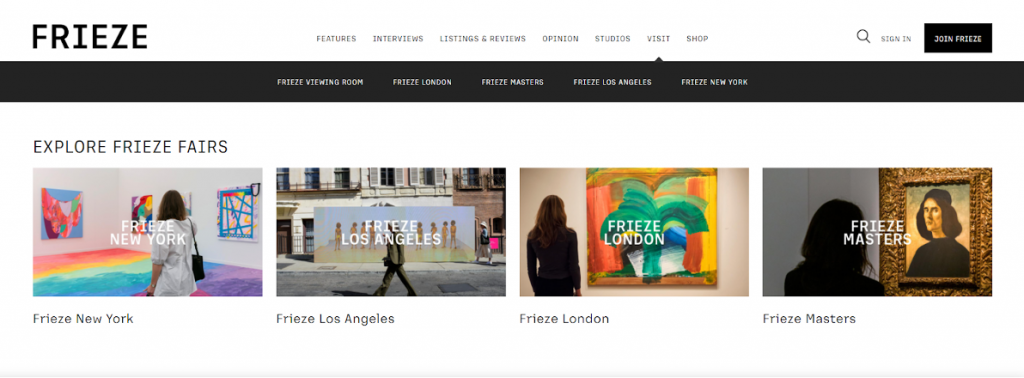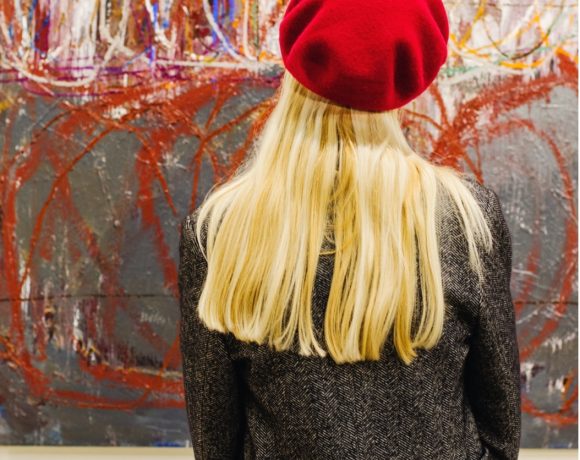Certainly, COVID-19 has affected all areas of our daily life. Many businesses, organizations, and individuals have introduced changes in the course of business. The art industry has also experienced many challenges, but now artists, collectors, and connoisseurs can enjoy the art and learn something new.
Digital trends in the art and culture industries
The pandemic forced all ecosystem participants to adapt and resort to digital: museums, galleries, theaters, concerts, and, of course, the viewer. During the months of lockdown, people have been constantly looking for entertainment and educational content. Imagine for a second how many people from all over the world have gone to the Louvre to see their digitized collections, including 3D tours in multiple languages. Or children not only watching cartoons but, for example, operas. Composers have rehearsed and collaborated to create new pieces of musical art. The list is endless of the general digital trends that have become widespread due to the pandemic.
Wide-angle cameras and 360° format
Online viewing rooms (OVR) have become popular with galleries and some art fairs, although they have met with some resistance from collectors. In an OVR, you can see the halls of the gallery and the objects in it. By moving your mouse, it simulates standing in an actual room and allows the viewer to turn in a circle to see the details. From artists in studios to the largest galleries and art fairs like Art Basel or Frieze Art Fair, OVRs have been seen as a solution to the need for a virtual format.
Augmented reality
Open art parks offer to learn more about artworks by pointing your phone camera at QR codes or through special marks. Niche fairs, such as Art Duesseldorf and Artissima, have projects are under development to integrate exhibitions through augmented reality right onto cities’ streets, thus creating a digital quest. Galleries and museums are already using AR to show the verso side of a painting where authenticity marks, signatures, auction stamps, and other usually inaccessible information are located.
Virtual reality
It has been proven that the assimilation of material through virtual reality is accelerated at times. This technology is used in different areas — in medicine and logistics —has been used primarily by the artist with their content. It is becoming more prevalent in multiple venues like museums, art galleries, and educational centers. And is an effective solution for spending leisure time and broadcasting cultural content and a completely successful way to present education formats.
In VR, you can go to a concert, walk along the beach (which seems very attractive after months of lockdown), and even take an astronomy course — not in a year but in 18 hours. New art formats in VR are just around the corner. In the virtual world, it will be possible to learn more from the artist, understand how a creative thought develops, how a work of art is born from sketch, examine the world masterpieces of the old masters and delve into history.
Live broadcasts of performances and concerts
Live broadcasts are not an innovation. Although theaters were part of a conservative camp that had to buy tickets and be physically present, many quickly resorted to broadcasts with the pandemic’s onset. Thanks to this, people were able to attend performances without leaving their homes. For example, during quarantine watching favorite performances and operas in favorite halls with favorite soloists became possible. Joshua Bell performed Tchaikovsky’s first concerto for violin and orchestra at the Sydney Opera, The Marriage of Figaro with Anna Netrebko in Salzburg, and Sleeping Beauty at the Bolshoi Theater. Of course, all kinds of cultural institutions will be slowly returning to their usual work style, but will people return in such streams as before? Or will the hybrid consumption of such content continue to be welcome and accessible?
The American response to the pandemic
An interesting international response to the pandemic is VOMA, the world’s first interactive digital museum of contemporary art. The project promises to become, albeit not full-fledged, an alternative to an offline platform. VOMA is supported by the Whitney Museum of American Art, New York MoMA, and other renowned cultural institutions. It will be possible to move around the museum in a hybrid digital space using VR / AR technologies — the virtual world will adapt to reality depending on time, weather conditions, and other factors.
Additional materials with QR codes will be assigned to each art object, which will enable the viewer to truly immerse oneself in the work’s history. Everyone will be able to visit VOMA free of charge, which solves issues of social distancing and cultural availability. It has just launched and has a robust program planned for the remainder of the year and beyond.
Another interesting case is the creation of a VR library by the Colnaghi Historical Gallery. The works of great masters often leave the viewer wanting to understand more — about the artist, the period of time in which it was created, and the artwork itself. In a museum, visitors do not have time to immerse themselves in a work deeply, and each of these masterpieces warrants a return visit for deeper consideration. What do we most often ask ourselves when looking at a Titian, a Rembrandt, or at Velazquez’s work? What is the meaning of the artist in his work? Why were particular colors used?
Colnaghi Gallery works with professional critics and top art experts to archive VR work. Their VR library will be available to viewers through special installations in museums or specifically designated places, such as in gallery branches. Currently, there is consideration being given for a viewing station right in Hyde Park, in an open space to maintain a safe distancing for viewers. The content will also be available for viewing through home VR-helmets.
Outcome
We can confidently say that in today’s world we cannot imagine culture, personal development, or education without contact with the digital environment. Transferring cultural heritage to the next generation becomes a priority in the digitalization of art. The digitalization of content opens up new directions for the art industry: introducing technology and the emergence of new genres.
About the Author:
Jane Travis is a professional writer in paper writing service. Jane has a university degree in philology and is currently pursuing a second degree in journalism. She is a specialist in many subjects, but her favorites are painting, culture, history, art, and music. She devotes her time to charity work and psychological conferences.
Photo Credit
Image 1: https://www.frieze.com/
Image 2: https://voma.space/
Image 3: https://londonartweek.co.uk/exhibitors/colnaghi/












NO COMMENT